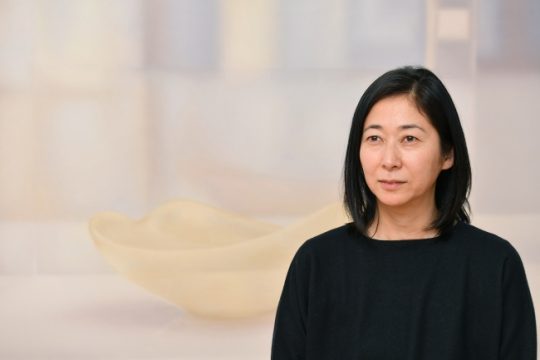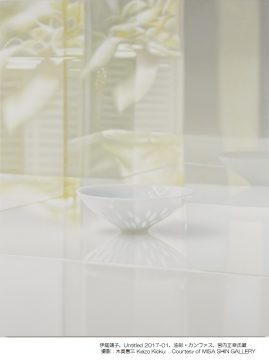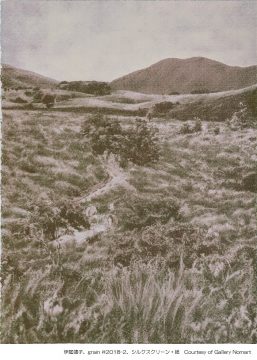Calligraphy Museum at Taito Ward
Currently, at the calligraphy museum in Taito-ku, Tokyo, the formation of Kanji-World of ancient characters exhibition is being held. (Until ~ September 23 [Mon, Holiday])
This time, bother you in calligraphy museum, since the story I came , it will be sent along with the appearance of the exhibition.

■ What is a Kanji exhibition?
This year, the year of Reiwa, is the year that marks the 120th anniversary of the discovery of “Karaboku”, the oldest existing kanji .
This exhibition is the oldest kanji character “Kokaku Letter”, and a letter written by the first emperor of the nephew, a letter written on the bronze, from the collection of Nakamura innocent, who is a calligrapher and Western painter. It is an easy-to-understand commentary for children for the books of the characters appearing in “Sangokushi”.
■ Contents of the exhibition
The first exhibition floor on the 1st floor of the Calligraphy Museum has two large corners.
The first is a corner called “Ancestor of Kanji” .
In this section, you can learn the history of kanji in an easy-to-understand manner from the beginning of kanji shaped by various animals from the ancestors of Chinese kanji kanji.
The other is the corner of the ancient Chinese world.
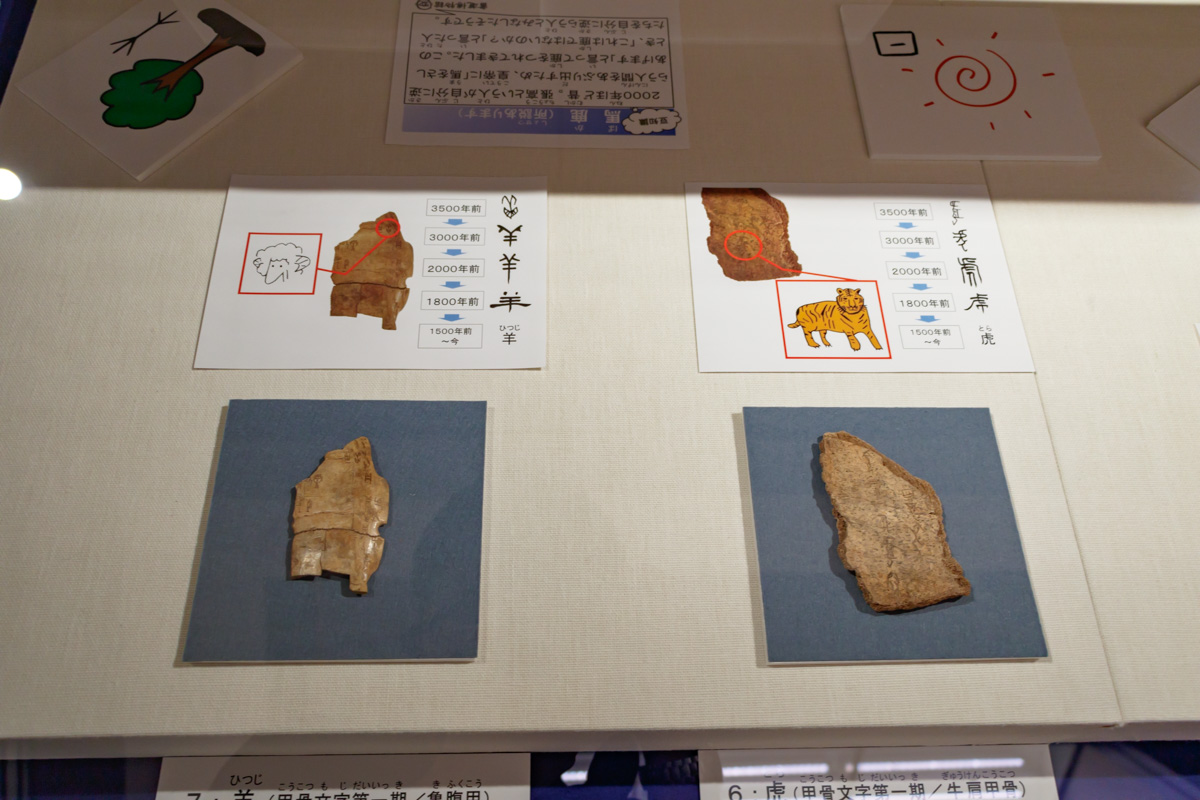
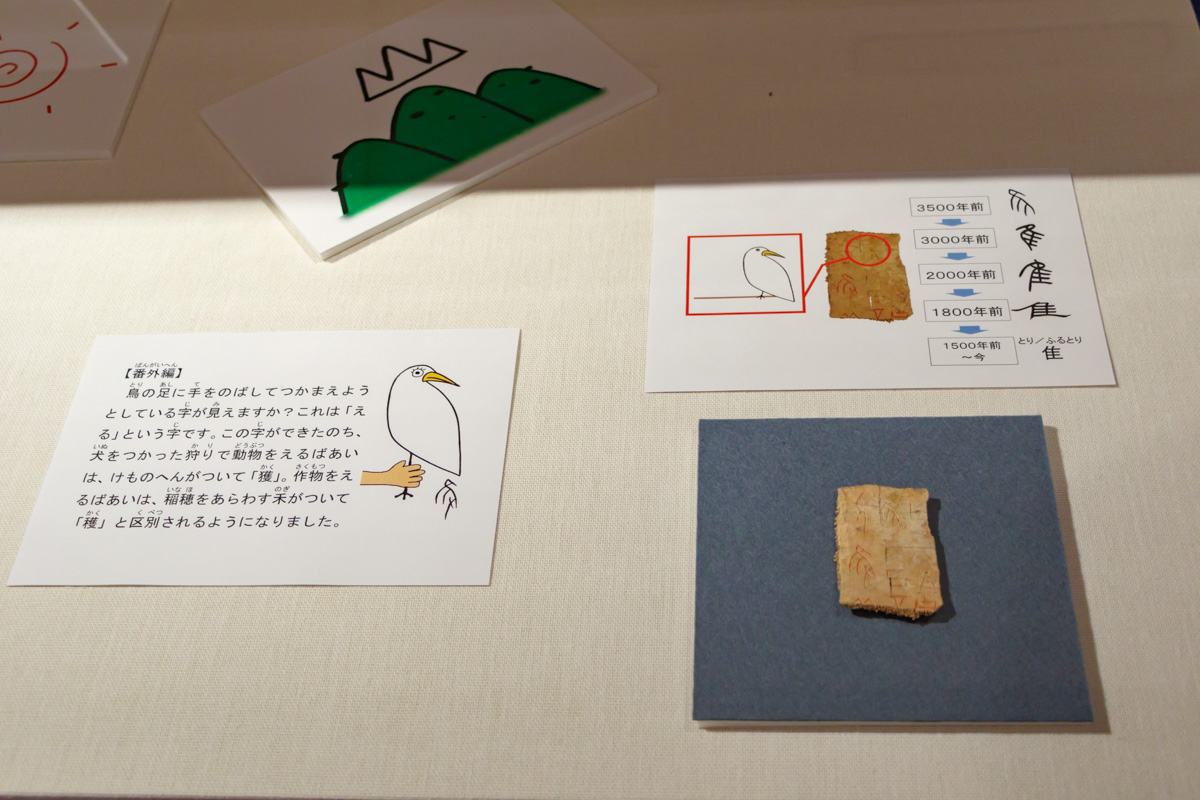
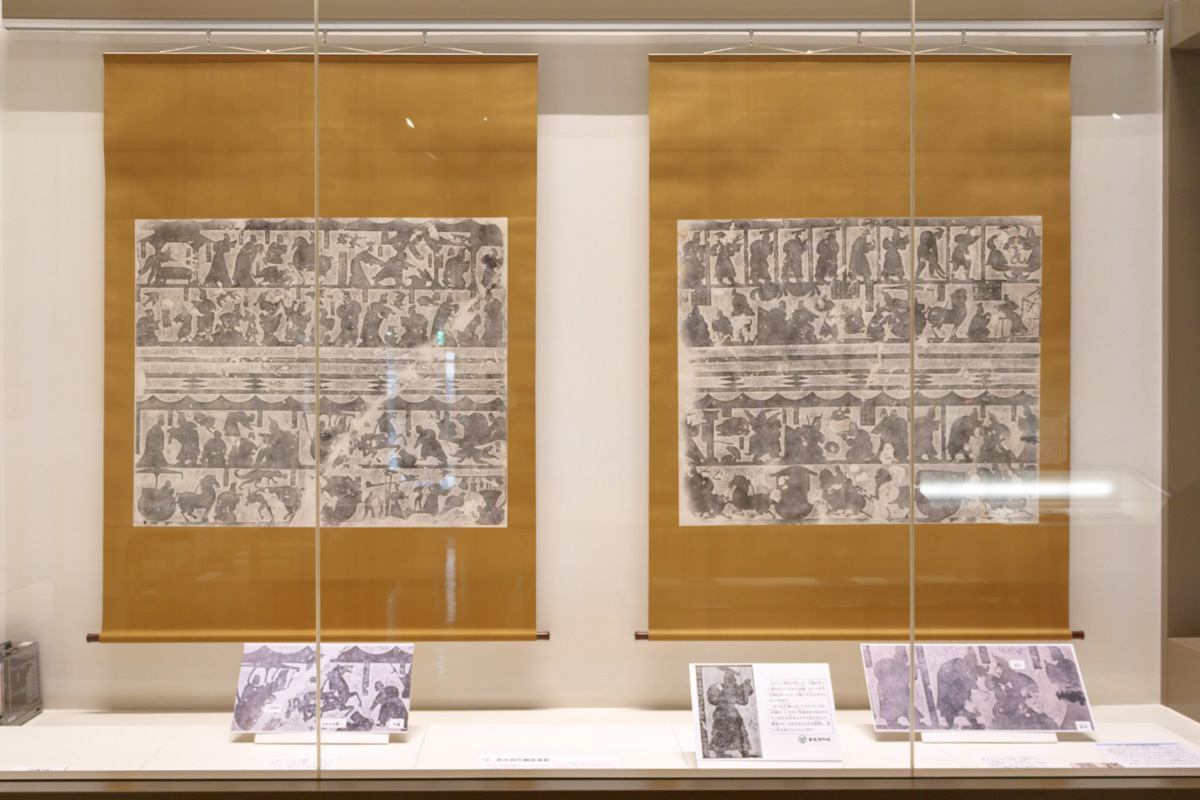
On the 2nd floor of the exhibition floor, there are legends where kanji was invented , and various divination , bronze , and corners of characters written during the Shun-Autumn War States period and the Zen period.
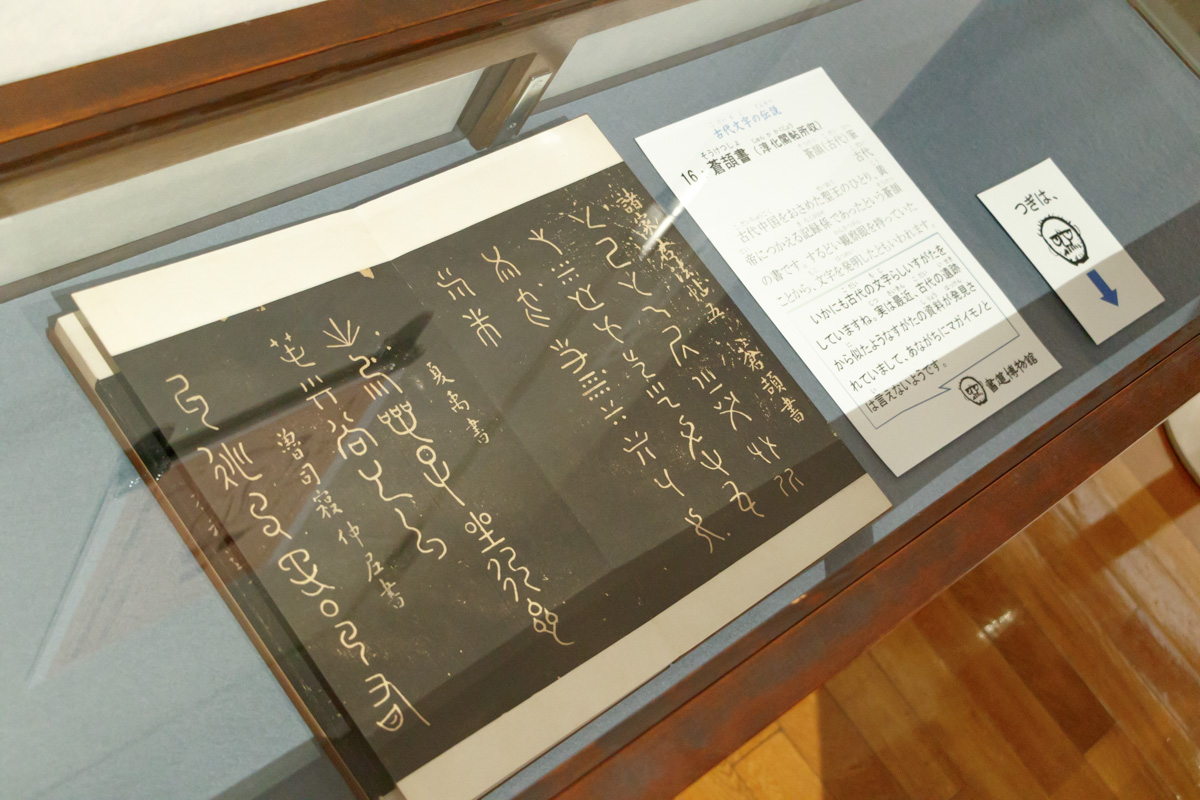
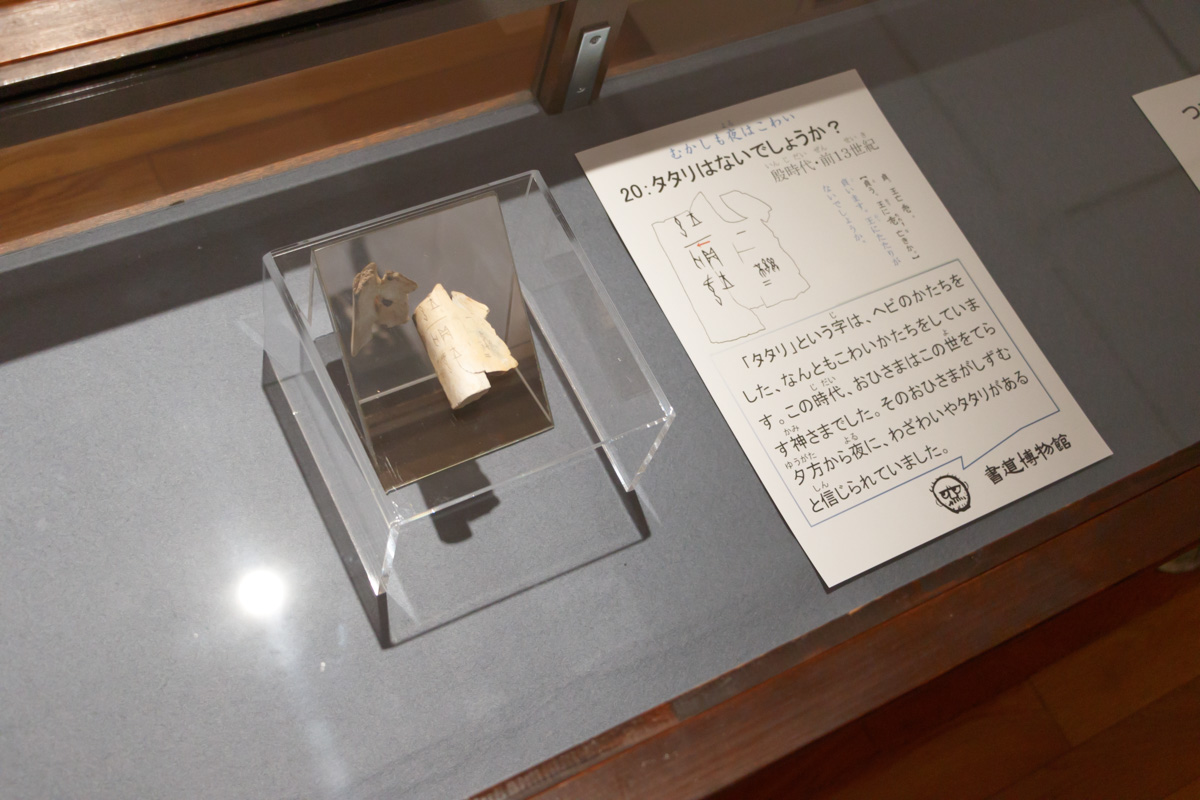
In addition, the 2nd floor has a special exhibition room displaying characters from the Chinese Zen period, and a Nakamura Uncertainty Memorial Room. In the Nakamura Uncertainty Commemorative Room, there is a manuscript of the era of Chinese Han Dynasty and the oldest “Sangokushi” manuscripts and characters from the time of the Three Kingdoms, as the Little Three Kingdoms Corner.
(※ Manuscript is a handwritten copy of the document.)
In this memorial room, there is another exhibition about Shiki Masaoka, a haiku poet who had a close relationship with Nakamura.
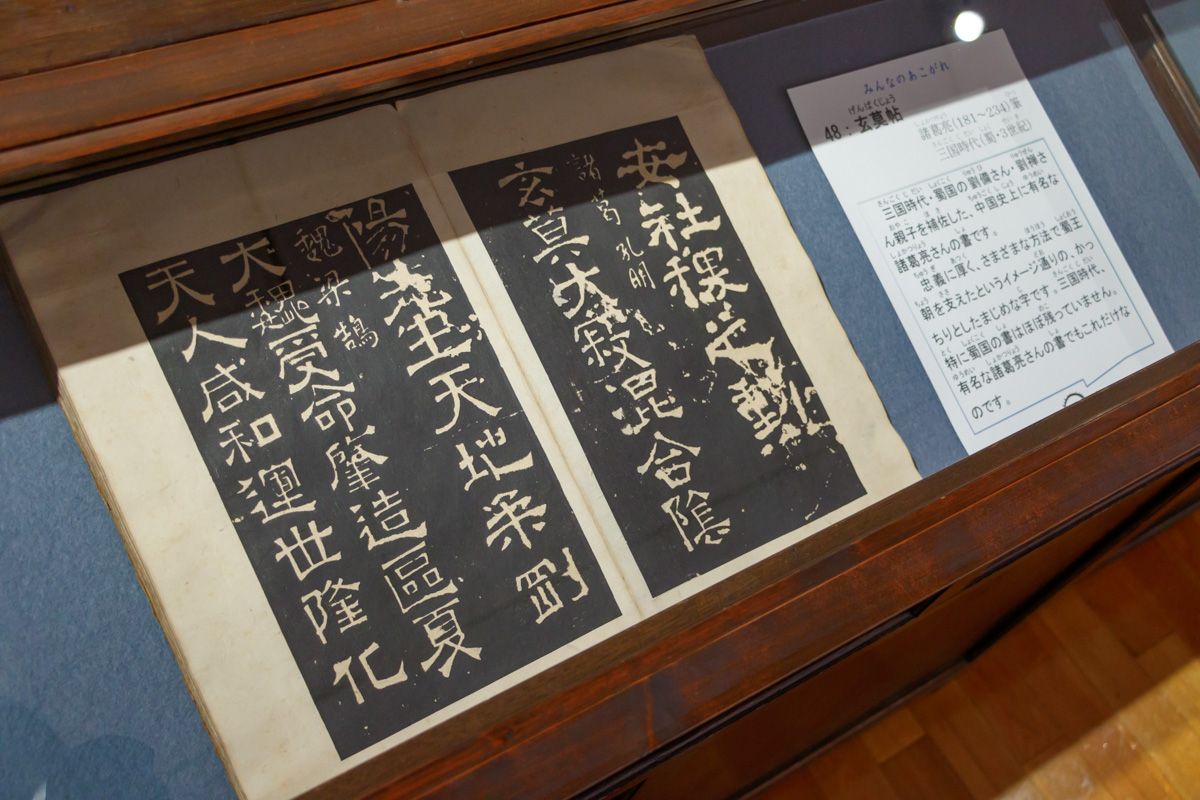

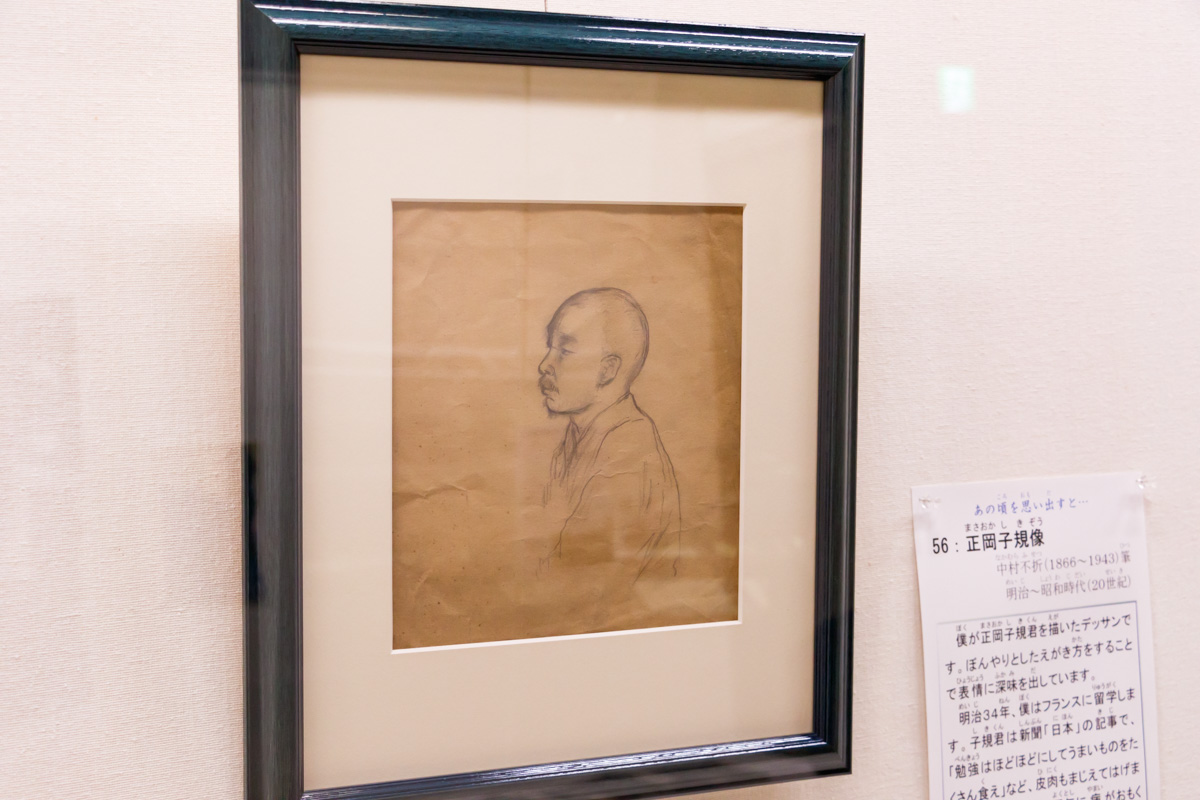
You can enjoy learning about the history of kanji at each corner.
■ I asked about the highlight.
We talked to Nobuhiro Nakamura, Senior Researcher at the Calligraphy Museum, about the highlights of the exhibition.
What kind of place do you want your child to enjoy?

I would like you to see the raw material that shows the origin of kanji.
I think that it is of great value to actually look at the lines of kanji in the material that seems to be vital to life for 3500 years, not photos but actually.
The first thing you want to see is the character of animals.
The pattern is, “Is that figure?”, “Face?” “How, how is it?”
In addition, it is a great strength to be able to overlook the history of kanji formation in such a small museum.
This is an exhibition where parents who can bring their children can also enjoy it.
What is your favorite display item by Mr. Nakamura?

It is a historical place. In such a beautiful state, the bronzeware with which the character can be seen is rare.
As this bronze display is only for this exhibition, it is a valuable opportunity.
■ Finally
Mr. Nakamura, the chief researcher at the Calligraphy Museum, said that “it was hard work to shake the total ruby to explain the exhibits because I introduced the exhibits from the perspective of elementary school students.”
The interesting and informative explanations were filled with the desire to convey kanji more vividly and happily to your child.
Would you like to come to the Calligraphy Museum with your family to hear such Mr. Nakamura’s story?
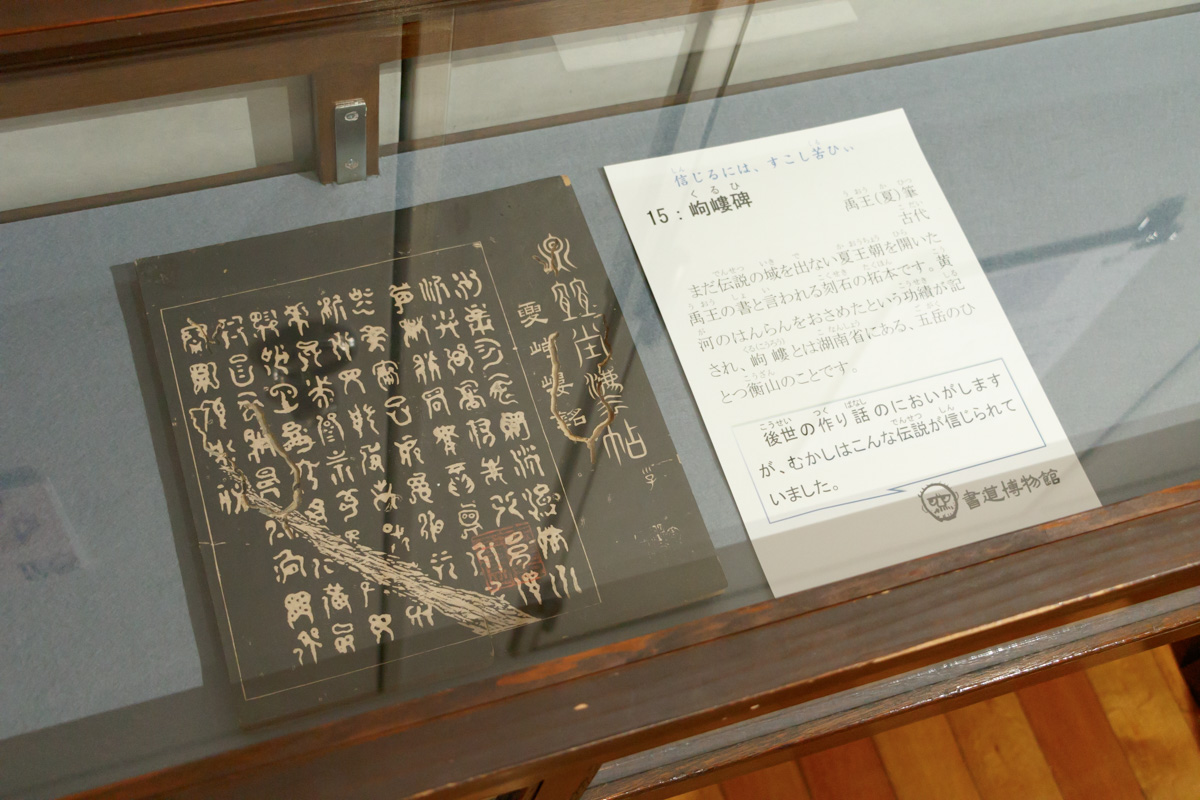
| Session | Being held (until ~ September 23 (Monday, public holidays)) |
|---|---|
| Opening time | 9:30 am-4:30 pm (30 minutes before closing time for admission) |
| closing day | Monday (Monday is a public holiday / next weekday on a holiday) However, it will be open on August 12 (Mon., Holiday), September 16 (Mon., Holiday), and September 23 (Mon., Holiday). Closed on August 13 (Tuesday) and September 17 (Tuesday). |
| Admission fee |
General and university students: 500 yen (300 yen), high, middle and elementary school students: 250 yen (150 yen) ※ () is group rate of 20 or more people. ※ There is no charge for viewing small and middle school students in Taito-ku and junior high school students and their leaders every Saturday. |
| Official HP | http://www.taitocity.net/zaidan/shodou/ |
※ A guided tour and workshop called Kids Seminar “Kan no Secret” is also scheduled on Sunday, August 4th.
■ Kids seminar “Kan no Secret”
Guided tours and workshops for children
(Pre-registration required)
| Date and time | Sunday, August 4, 2019 11:00- |
|---|---|
| Capacity | Because the venue is small, it will be about 20 people each time by prior application system. The start time may be adjusted depending on the number of applicants. please note that. |
| Application method | Please specify the zip code, address, name, preferred date and time, postal code, address, name (furigana), phone number, age, desired date and time on the “back credit reverse side” of the round trip postcard, and apply to the following by specifying the zip code, address, name on the “reply surface” . One postcard is for one person and one application. Free audition. However, the viewing fee for the day is required. |
| Application destination | 〒110-0003 Negishi 2-10-4 Taito-ku Calligraphy Museum at Taito Ward Kids Seminar |
| deadline | Must arrive by July 26, 2019 |

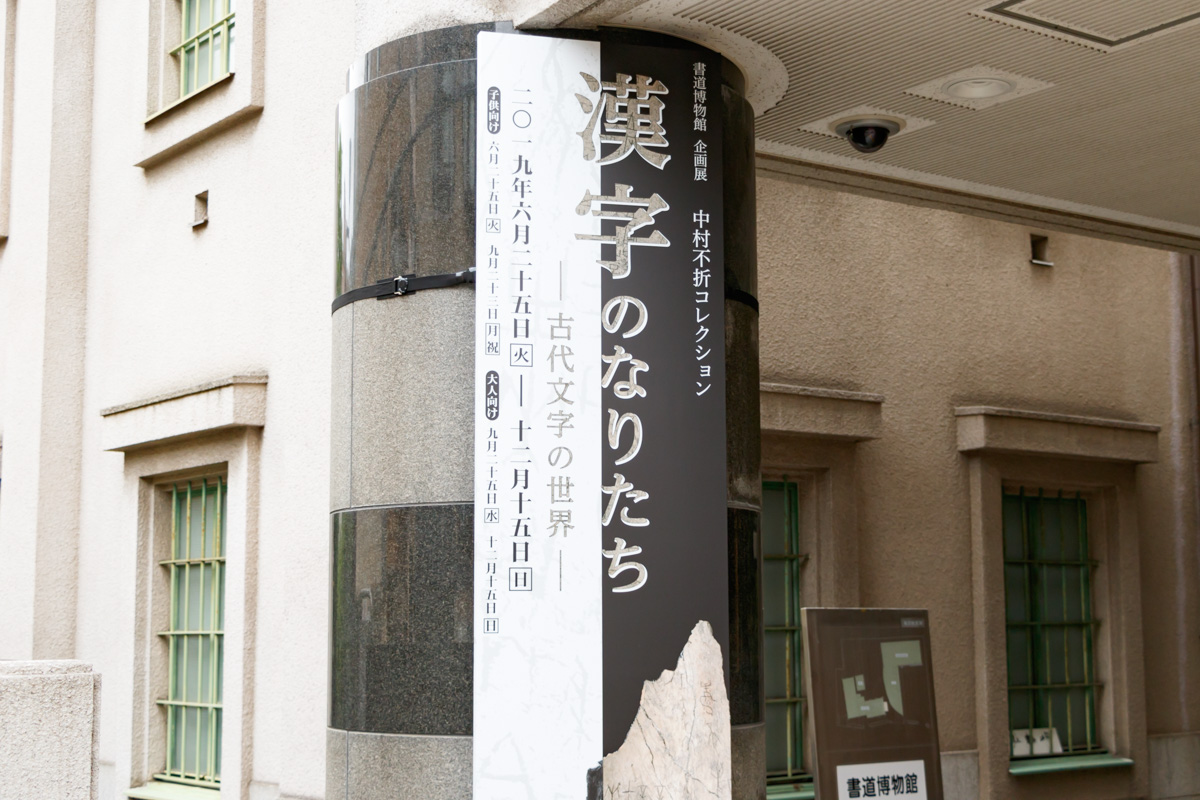

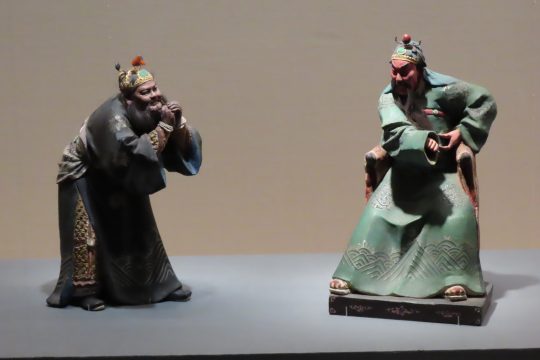
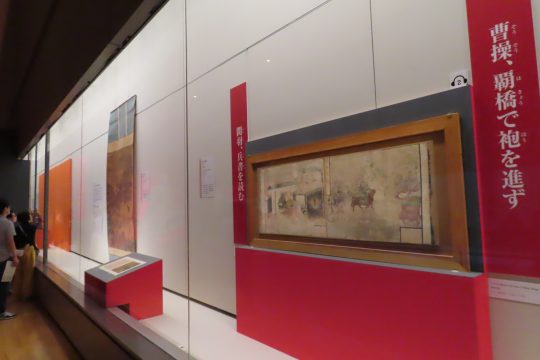


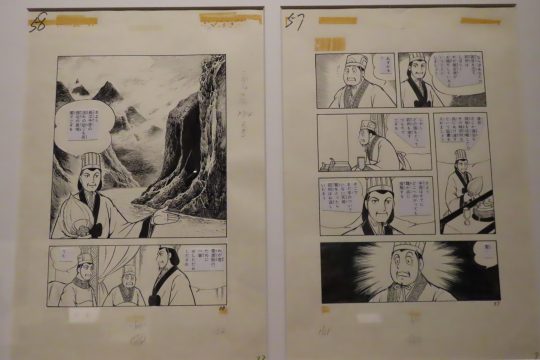

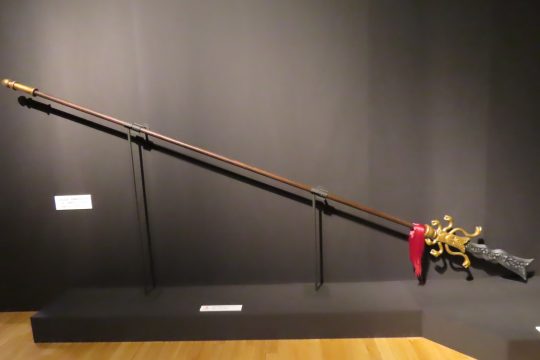

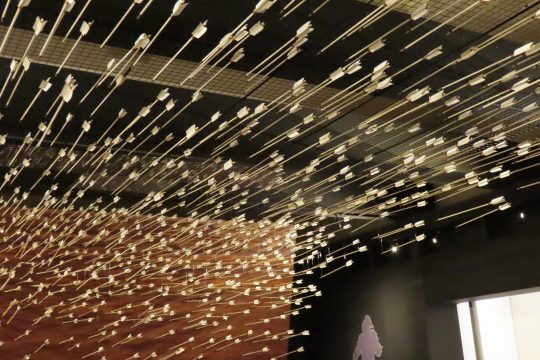


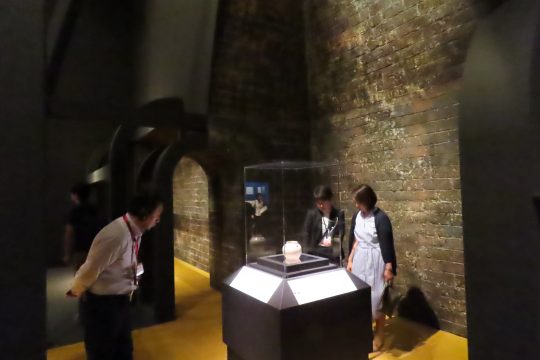






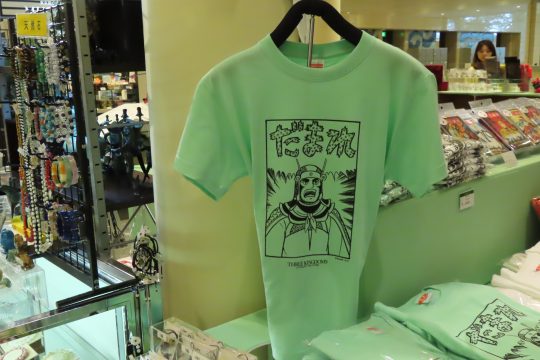


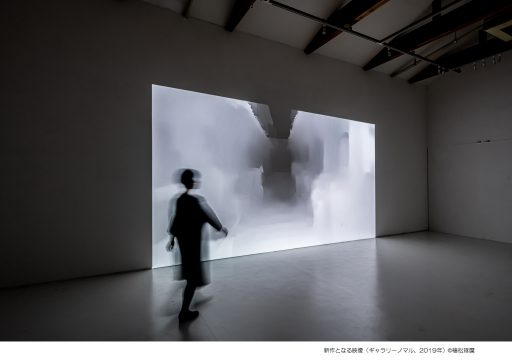 [Comment on the exhibition from Atsuko Iba]
[Comment on the exhibition from Atsuko Iba]